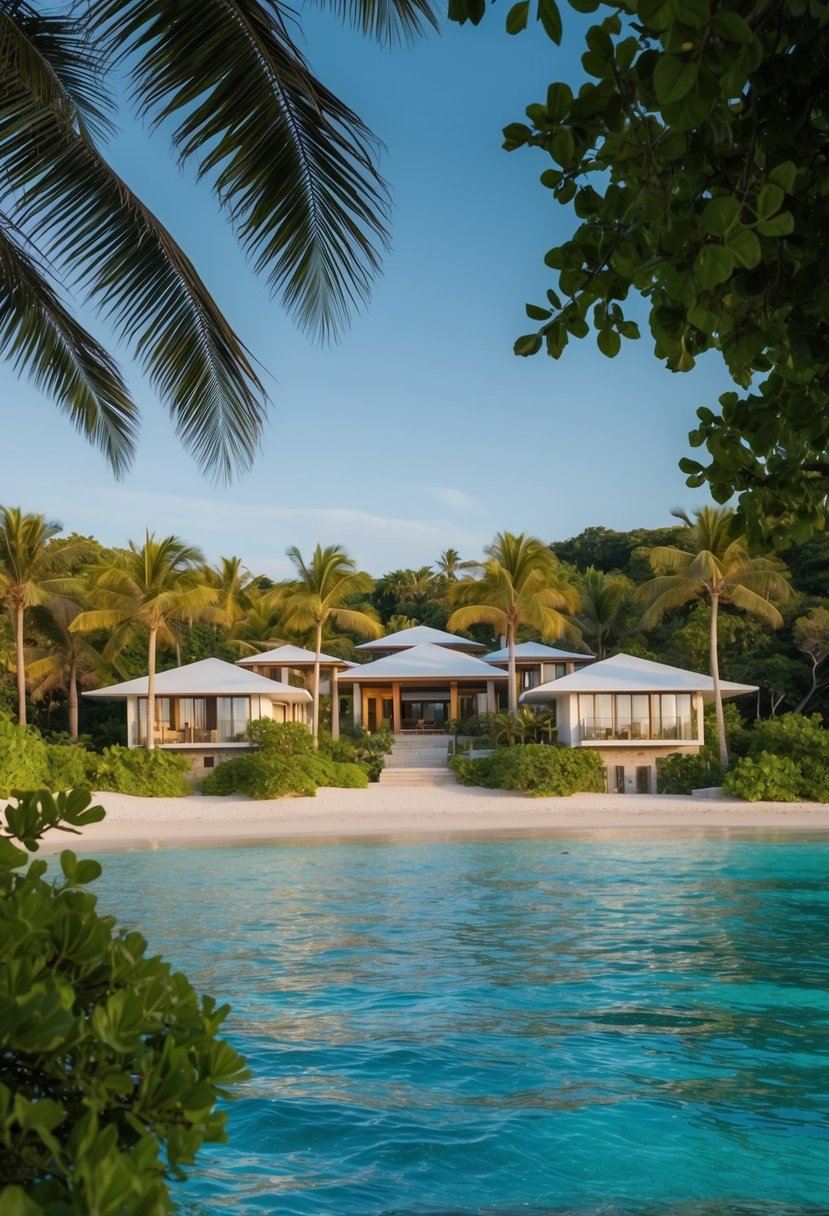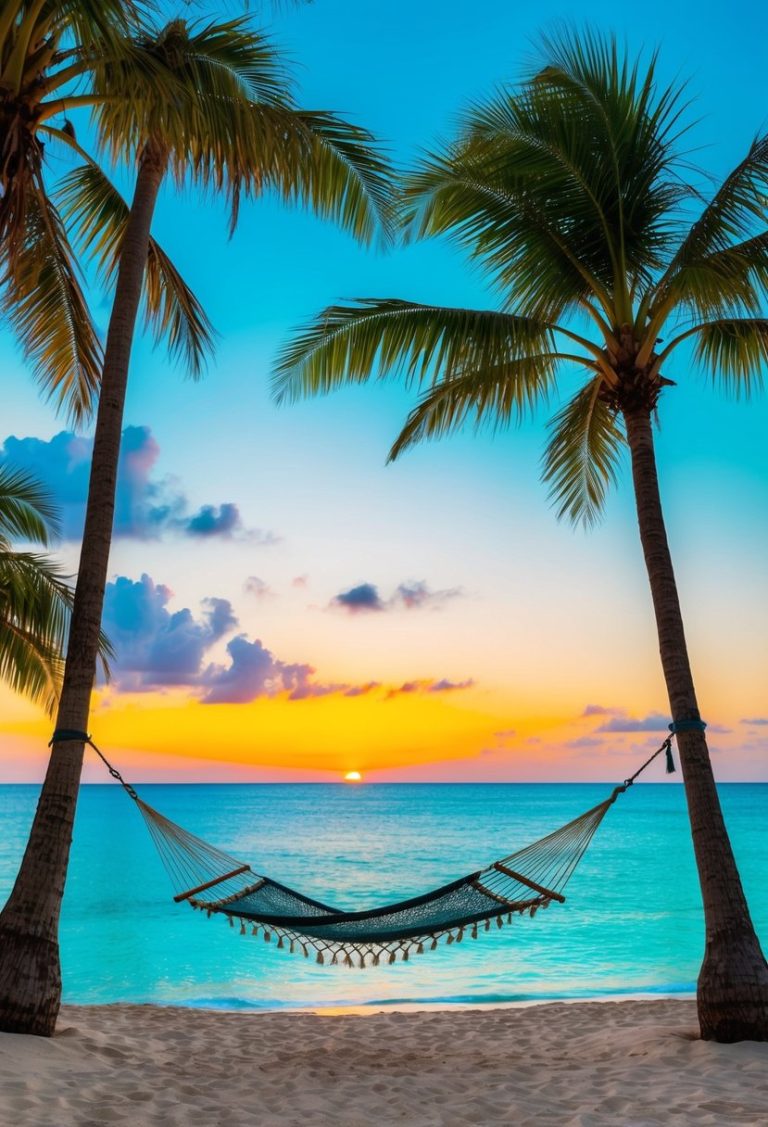Travel destination ideas offer more than just picturesque views; they can be a source of inspiration for design and creativity. Exploring unique locations gives travelers the opportunity to experience distinctive architecture, art styles, and cultural elements that can influence their own design choices.

As global awareness of design trends grows, many are seeking places that marry beautiful landscapes with innovative aesthetics. These destinations enable individuals to immerse themselves in environments that spark imagination and provide fresh ideas for their own spaces.
1) Skiing in the Austrian Alps

Skiing in the Austrian Alps offers stunning views and excellent slopes. It is a popular destination for both beginners and advanced skiers. The region features many resorts, each with unique characteristics.
One of the renowned areas is Ski Arlberg, known for its diverse terrain and vibrant après-ski scene. Skiers can enjoy powdery snow and well-groomed trails. Families will find friendly options in places like Zell am See, which has a charming town atmosphere.
The Austrian Alps also provide access to various ski schools. These schools cater to beginners and those looking to improve their skills. Visitors can learn in a safe and engaging environment.
For those who want a challenge, spots like St. Anton offer expert-level runs. Adventurers can explore off-piste skiing as well. This area is celebrated for its thrilling slopes and breathtaking scenery.
Skiing in Austria typically runs from late November to early April. Snow conditions are usually excellent, making it ideal for winter sports enthusiasts. Many resorts provide convenient amenities, allowing skiers to enjoy their time on the slopes without hassle.
2) Exploring the Art Deco Glamour of New York

New York City is famous for its stunning Art Deco architecture. This style became popular in the 1920s and 1930s, marking a time of great flair and sophistication.
Landmarks like the Chrysler Building showcase the intricate designs and elegant materials typical of the movement. Its gleaming spire is a notable feature that captures the essence of Art Deco.
The Empire State Building is another key example. This iconic skyscraper reflects the ambition and creativity of its era. Visitors can appreciate its grandeur both from the streets and from its observation deck.
Walking through districts like Midtown allows travelers to experience many Art Deco buildings. Each structure tells a story of luxury and innovation.
The Art Deco Society of New York hosts events and tours. These experiences help visitors understand the significance of this architectural style and its impact on the city’s culture.
From hotels to public buildings, the Art Deco influence is everywhere. Exploring this unique style offers a glimpse into New York’s rich history and artistic heritage.
3) Hiking the Mountain Ranges in 2025

Mountain ranges are becoming popular hiking destinations in 2025. Many travelers are seeking adventures in stunning natural landscapes. The Dolomites in Italy offer breathtaking views and well-marked trails. This region is increasingly recognized as a top hiking spot.
Norway is also gaining attention for its scenic trails. Hikers can explore the dramatic scenery that includes fjords and lush valleys. These experiences attract both seasoned hikers and beginners.
Slovenia has seen a significant rise in interest for its hiking routes. With trails around Lake Bled and the Soča Valley, hikers feel as if they are in a fairytale setting. Eco-tourism is a strong focus, making it appealing for the conscious traveler.
Kyrgyzstan is emerging as a stunning hiking destination. Its rugged peaks and remote trails provide a unique experience away from crowded spots. Adventurers can immerse themselves in the local culture while exploring majestic landscapes.
Overall, hiking in mountain ranges is set to be a key travel trend in 2025, with diverse options around the world. Each location offers distinct beauty and opportunities for adventure.
4) Relaxing at Sky Lagoon Hot Springs

Sky Lagoon is a geothermal spa located near Reykjavík, Iceland. It opened in 2021 and quickly became a popular destination for relaxation.
Visitors can enjoy stunning views of the Atlantic Ocean while soaking in the warm waters. The lagoon features a blend of modern design and traditional Icelandic elements, such as turf walls and a rock plunge pool.
The experience includes the Skjól ritual, which connects guests with Icelandic culture. This unique ritual enhances relaxation and mindfulness.
Sky Lagoon is conveniently located just a short drive from the city center. It offers easy access for travelers looking to unwind.
The eco-friendly design of the facility shows a commitment to sustainability. They use methods to reduce, reuse, and recycle, making it an attractive option for environmentally conscious visitors.
With its serene atmosphere and beautiful surroundings, Sky Lagoon provides a perfect escape from the hustle and bustle of everyday life. It is an ideal spot for those seeking relaxation and rejuvenation during their trip to Iceland.
5) Personalized Adventure with Destinations by Design

Destinations by Design specializes in crafting personalized travel experiences tailored to individual preferences. The agency focuses on understanding each client’s unique interests and needs.
With a team of experienced travel advisors, they offer customized itineraries. This approach ensures that every aspect of the trip meets the client’s expectations. From destination weddings to adventurous getaways, they cover a wide range of travel options.
Clients can expect dedicated support throughout the planning process. Travel advisors provide exclusive offers and access to luxury vacation options. Their goal is to create memorable experiences that go beyond typical travel packages.
The agency is committed to a friendly and professional service. This dedication helps build lasting relationships with clients. By putting emphasis on personalized service, Destinations by Design aims to exceed the expectations of every traveler.
Impact of Design on Travel Experience

Design plays a significant role in shaping the travel experience. It influences how travelers perceive and interact with a destination. Key aspects include architectural significance and cultural integration, both of which enhance the overall enjoyment and understanding of a place.
Architectural Significance
The architecture of a destination can create a lasting impression on travelers. Iconic structures often symbolize a city or region, influencing visitor curiosity and engagement. For example, the unique design of the Sydney Opera House captures attention and draws visitors.
- Functionality: Well-designed spaces improve visitor flow and accessibility.
- Aesthetics: Beautiful buildings enhance the visual landscape and provide photo opportunities.
Travelers often describe their experiences as more memorable when architecture reflects local history and innovation. The design of hotels, museums, and public spaces can elevate the experience, making the trip more enjoyable.
Cultural Integration
Design that reflects local culture creates deeper connections for travelers. By incorporating elements of local traditions and lifestyles, destinations invite visitors to engage more fully.
- Authentic Experiences: Settings that showcase local arts, crafts, and cuisine leave lasting impressions.
- Community Involvement: Engaging local artists and designers fosters a sense of pride and ownership within the community.
A well-executed cultural integration in design not only enhances tourists’ experiences but also preserves and promotes local heritage. This blend enriches the travel journey, making memorable moments that resonate with visitors long after their trip ends.
Role of Design in Sustainable Tourism

Design plays a crucial role in promoting sustainable tourism by integrating eco-friendly practices and fostering community engagement. These aspects ensure that tourism benefits the environment and the local population while creating enjoyable experiences for visitors.
Eco-Friendly Practices
Eco-friendly design practices focus on minimizing the environmental impact of tourism. This includes using sustainable materials in construction, promoting energy efficiency, and managing resources wisely.
For instance, many destinations now incorporate renewable energy sources like solar panels and wind turbines. Green building certifications guide hotels and facilities to be environmentally responsible.
Furthermore, waste management strategies play a key role. Efforts such as recycling programs and composting initiatives help reduce the carbon footprint. By implementing eco-friendly practices, tourism destinations can preserve natural resources while attracting environmentally-conscious travelers.
Community Engagement
Community engagement in tourism design emphasizes collaboration between local residents and tourism developers. This approach empowers communities and ensures that tourism meets their needs.
Involving locals in the planning process allows for authentic cultural experiences that benefit visitors and strengthen community ties.
For example, local artisans often create craft markets that showcase regional products, enhancing the tourist experience. Additionally, programs that encourage tourists to participate in community activities help foster understanding and respect between visitors and locals.
By prioritizing community engagement, tourism destinations can create a mutually beneficial relationship that promotes both economic growth and social welfare.







